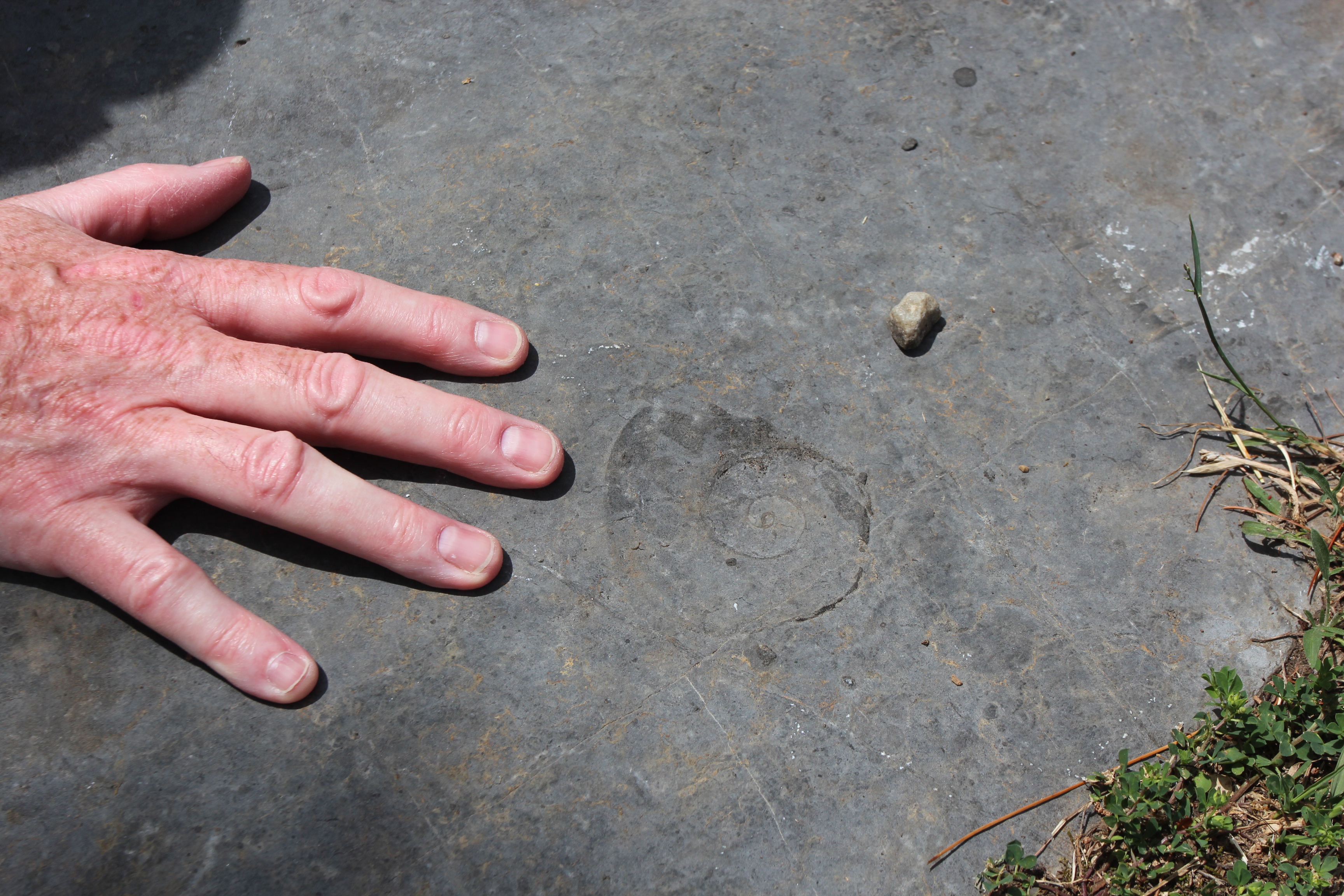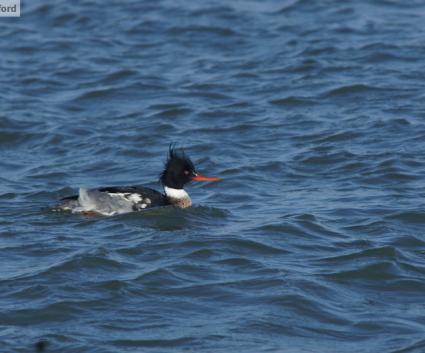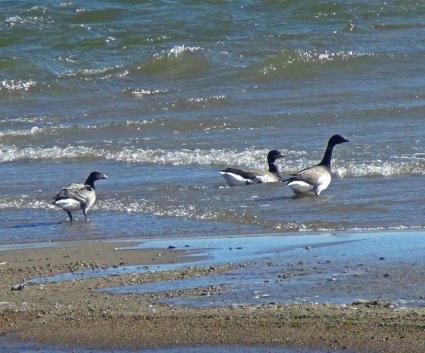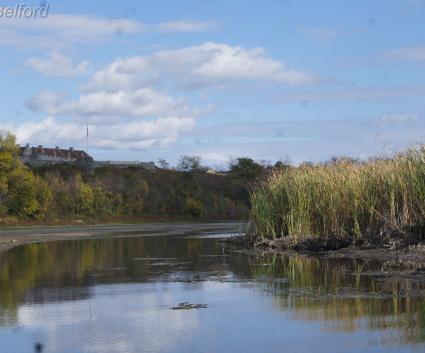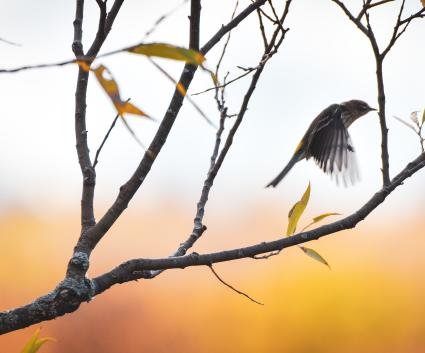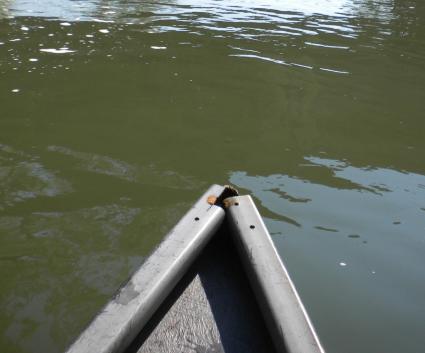In the quiet hamlet of Essex, NY, an unusual species of snail may be found. Known for history and gorgeous access to Lake Champlain, the word snail might not be the first thing one thinks of when thinking of Essex. Yet, examples of the snail, known as Maclurites magnus, lie scattered throughout, particularly in a peaceful old quarry, where the songs of pickerel frogs and chickadees make a natural soundtrack.
The snails are considerably less lively. They are 460 million years old.
Walking through time
In the 1800s, Essex was home to, among other things, a prosperous quarry that removed hunks of beautiful, hard limestone with a handsome blue-ish tint. Essex's bluestone would be used locally for building fine homes and shipped downstate, where it would become part of the Capitol building in Albany and the Brooklyn Bridge. Like so many other quarries, it was not to last forever, yet it was never forgotten and now has new life. In 2019, Champlain Area Trails (CATS) announced plans to purchase the now-defunct quarry and surrounding land to create a nature preserve, opening up the land for the public to admire, appreciate, and access on foot. It was a way to treasure the land as it was, as well as protect something unique, both geologically and in terms of habitat. It was a big project, one of CATS' biggest, but the resulting hard work of fundraising and trail cutting is beautifully fascinating: just over one mile of trails meander through vibrant cedar forest around the quarry itself, home to birds, dragonflies, and leftover chunks of bluestone. And the snails.
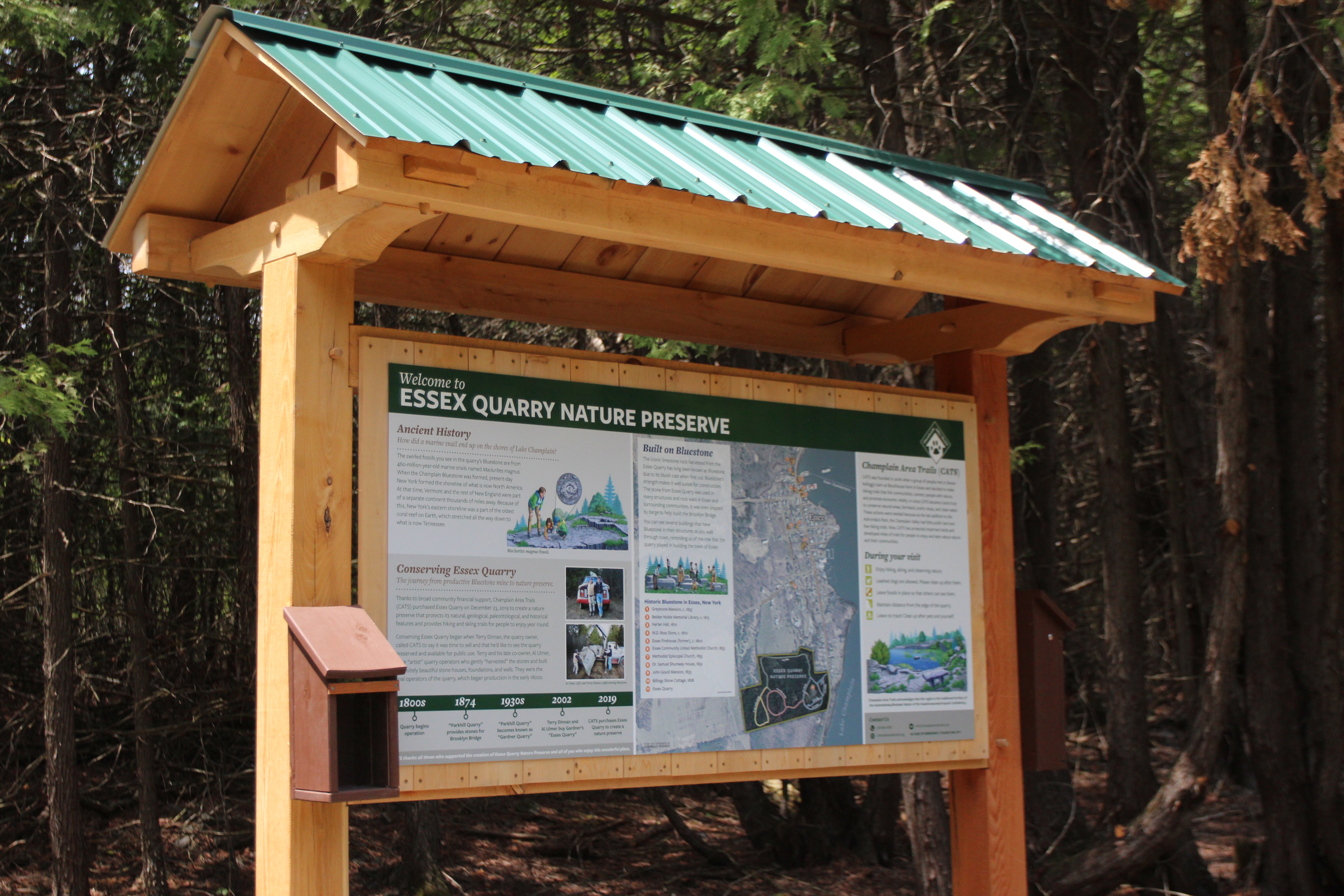
The nature preserve is close to downtown Essex, within walking distance of shops, restaurants, and even the ferry to Charlotte, Vermont. Once you are in the park, however, it is easy to feel transported to a place—and a time—far more remote. The quarry itself sits just a few hundred feet from the trailhead; glimpsing it through the trees, it is tempting to go straight there. But taking your time, savoring the sweet woods and the sounds of nature carries an impact not to be underrated. Along the trails, scattered chunks of limestone, sometimes piled up by long-ago machinery, remind you of the history behind the site. The trails are surrounded by nature: white pine, cedar, moss, and wild geranium.
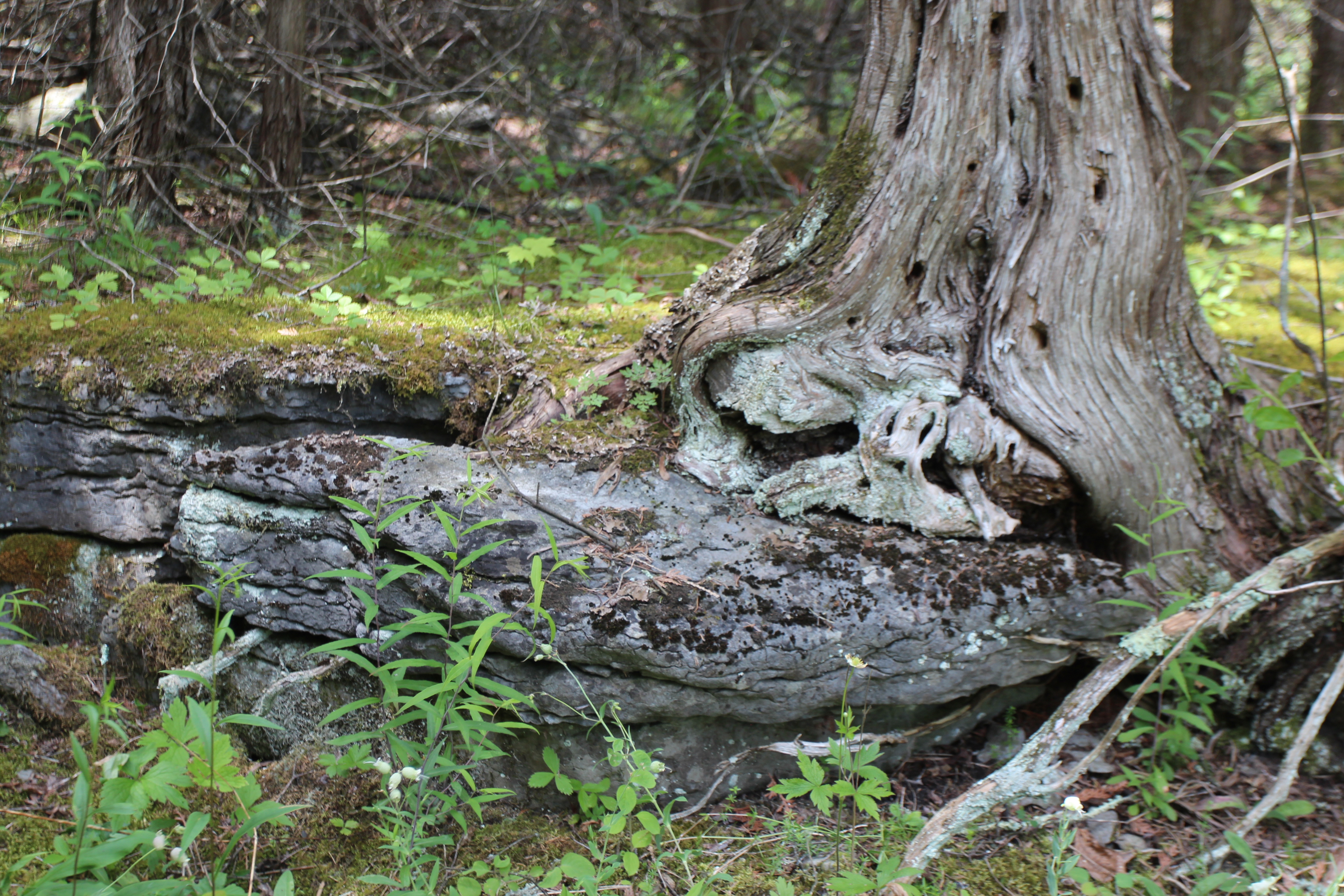
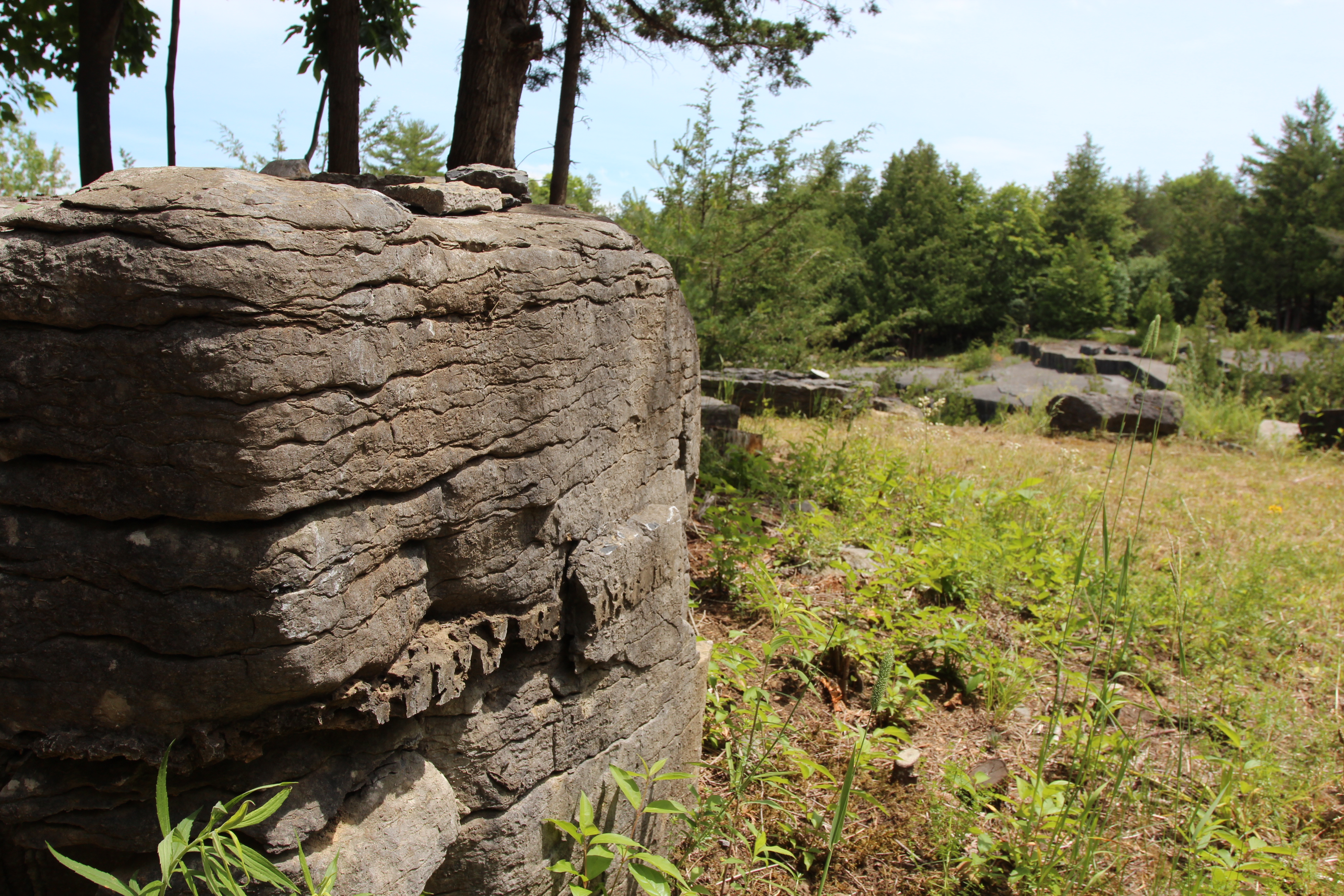
As you make the circle of the bluestone trail, the trees begin to open up and offer a wide view of the quarry. Suddenly, the limestone is the star of the show; steps cut into the rock decades ago make clambering around easy and fun. Here, bedrock is close to the surface, not covered by looser rock and soil. It’s a fun experience to walk off a trail and find yourself on an expanse of rock. Peering at the rock beneath your feet, you notice smoothness, slight ridges, and something else: a swirl in the rock. It’s a fossil.
In the beginning
From about 488 million years ago to 440 million years ago, the area around Essex was much different. The Adirondack Mountains and the Green Mountains did not yet exist. The area now covered by Lake Champlain was part of a warm, tropical sea and the predominant forms of life lived in the ocean. Living in the sea were early species of sea sponges, corals, five-pointed animals like today's sand dollars and starfish, microorganisms that laid down mats of minerals, and of course, Maclurites magnus, a snail. Maclurites would have lived under water in their coiled shells and are some of the earliest snails known. They aren't famous snails, but they once had a home here in the Champlain Valley.
Because soft tissue, such as the snail within a swirled shell, decays, all that fossilizes is the outer shell, and even that changes. So when we're looking at the fossils at the Essex Quarry Nature Preserve, we're seeing the remains of the shell, entombed and incorporated into the surrounding material that became rock. Animals such as snails become fossilized when they die on the seabed and are covered by mineral-rich sediment over the years. Eventually the sea that they lived in changed and it too disappeared. Glaciers carved mountains and valleys, and the dome of the Adirondack Mountains started to rise. Through all of that, over all of those years, Maclurites magnus, a simple snail, was preserved in the limestone, perhaps waiting to be unearthed.
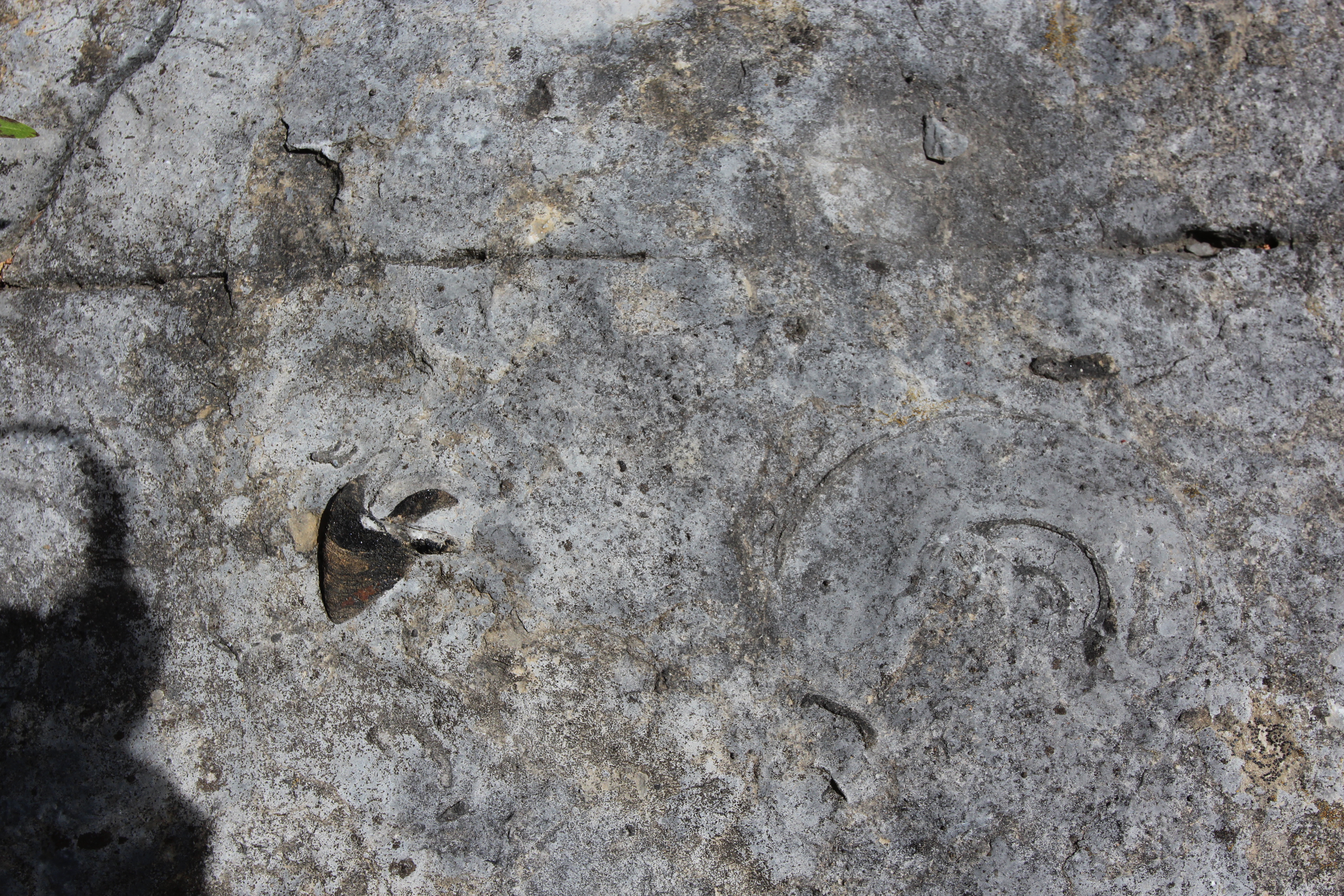
Unlike in a museum, you can get close at the Essex Quarry. Really close. Feel free to touch the fossils, even sit or lie down on the ground to take a closer look, to take in the details. What you're seeing and feeling was once something alive, moving through a warm ocean right where you're standing (or sitting). When you stop to think about it, with a fossil right in front of your eyes, 440 million years ago doesn't seem all that far away.
Adventure today
There are fossils throughout the quarry and a huge part of the fun of the visit is spotting them: peering at chunks of rock beside the trail and in the bedrock beneath your feet. In some cases, natural processes eventually expose the fossils, but digging, blasting, and cutting at quarries also exposes these paleontological treasures. In fact, the trails and the quarry itself are so full of interesting objects, from fossils to plants, to those cute pickerel frogs bleating, that it can be difficult to concentrate. Fortunately, there are stone benches throughout the preserve, perfect for sitting down and taking everything in. I highly recommend it. You might even find a fossil right near your feet.
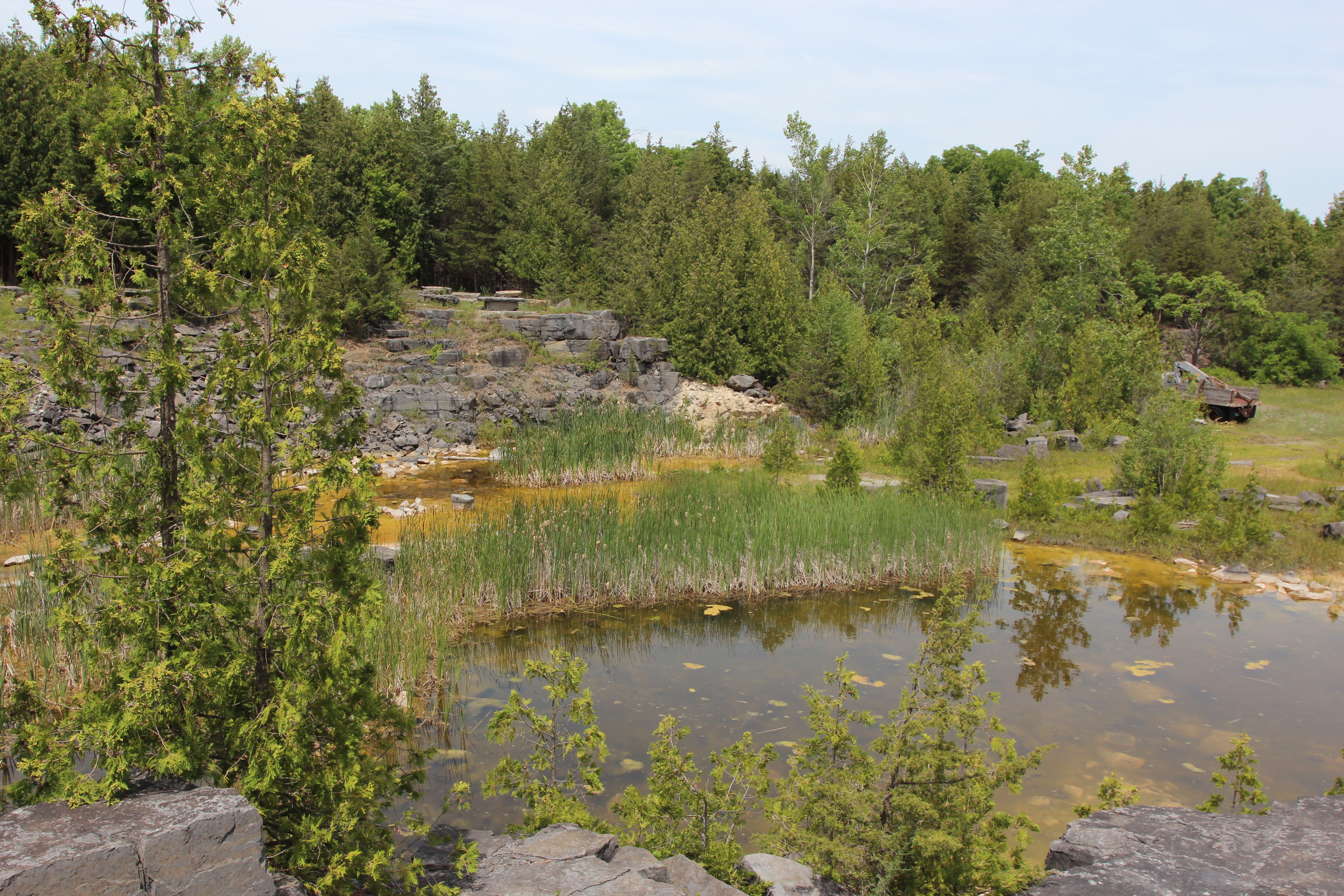
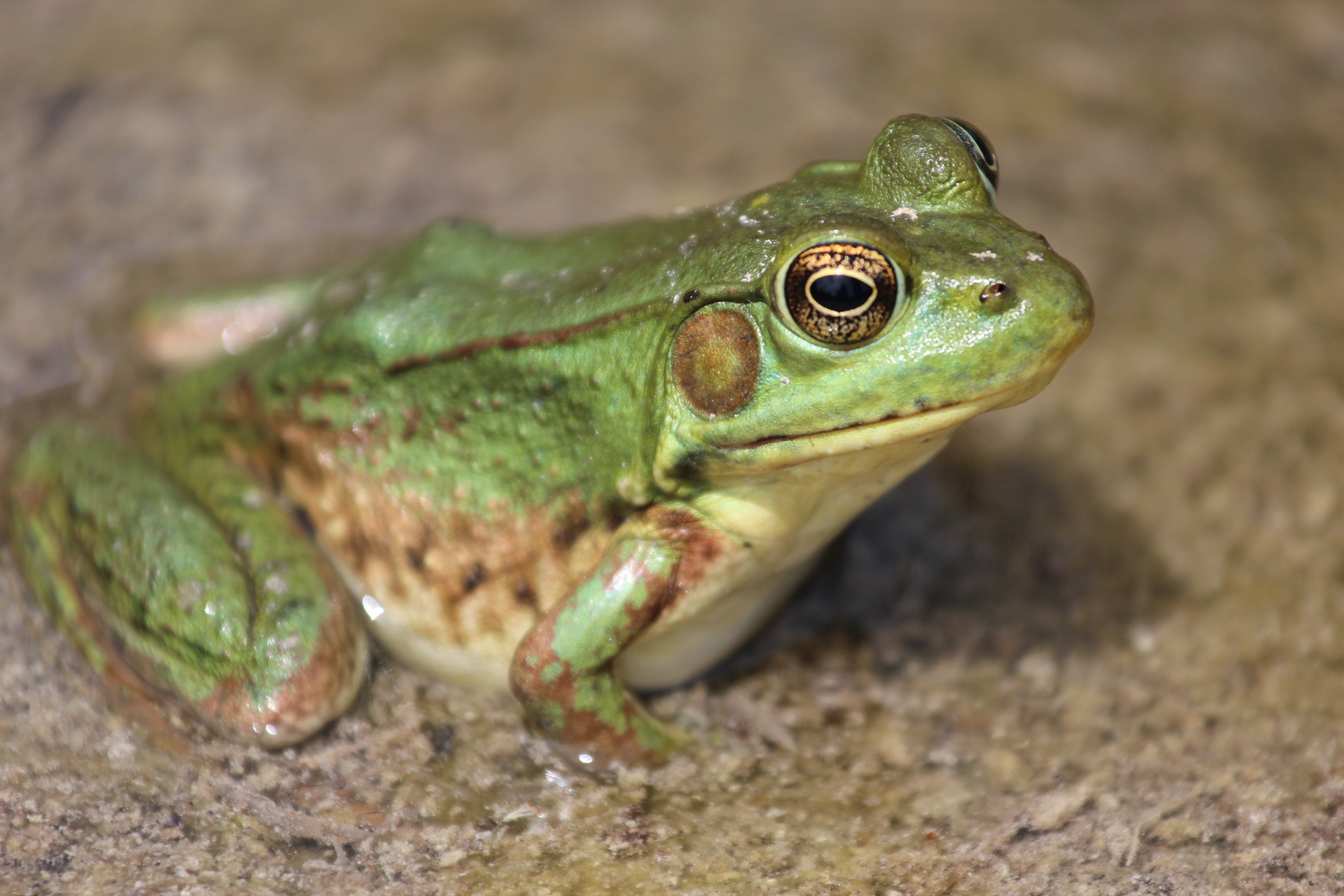
Beyond the quarry itself, more trails wind through the surrounding forest, all land that CATS has worked to protect. All of the trails connect, so you can create all kinds of loops. It's a place well worthy of a repeat visit. The green trail even offers views of the area's famous farmlands. Because the trails are reasonably flat and relatively short, it's a great place to take kids or go for a relaxed nature walk.
The Essex Quarry Nature Preserve is free and open to the public. An informational kiosk at the trailhead shares fascinating information about the site and interpretive signs are being installed soon along the trail, to better share the fascinating story of the quarry's history and unique geology. The team at CATS is excited about the site's future, looking to promote ecological research and invite specialists to bring in native plants. Birding excursions are planned for the future here, as well. If you go, I hope you have a wonderful time. I hope you see evidence of a fascinating snail that lived a long, long time ago. Snail fossils may not be as exciting as the tooth of a Tyrannosaurus rex or the talons of a Pterodactyl, but they are a gentle, elegant reminder of and link to the area's fascinating past.
Plan your trip to the gorgeous, geologically awesome Lake Champlain Region today by exploring our attractions, outdoor activities, and special events. Bring the kids, bring your magnifying glass, and your sense of adventure. If you see a fossil, please leave it where you found it.



